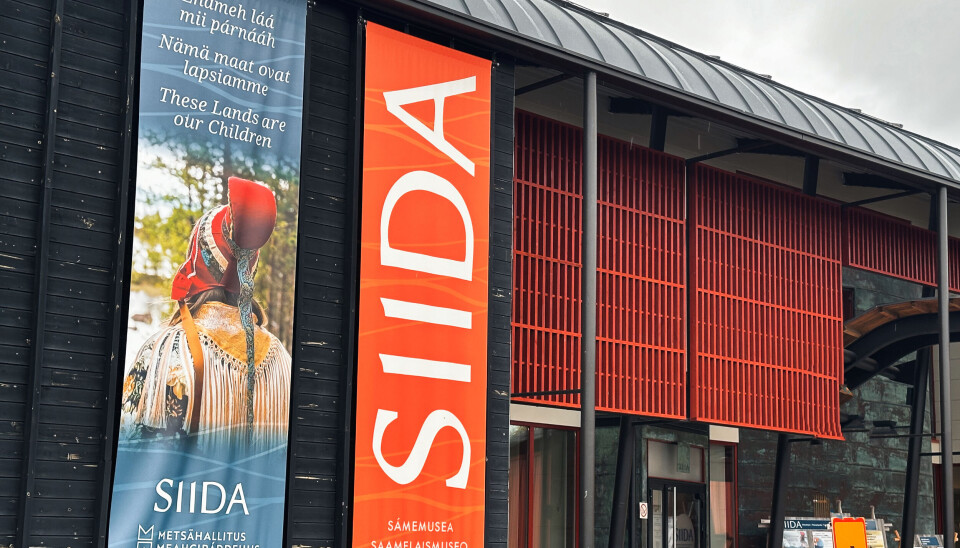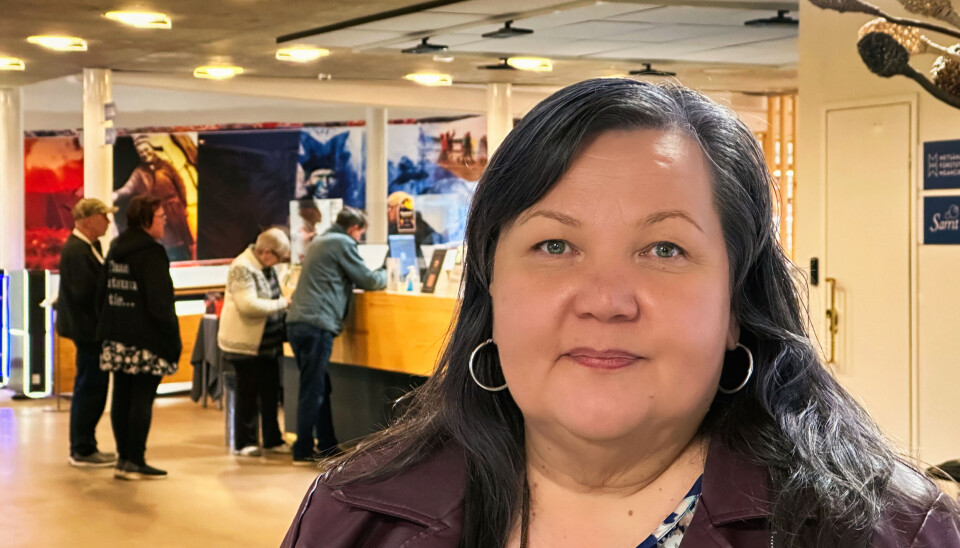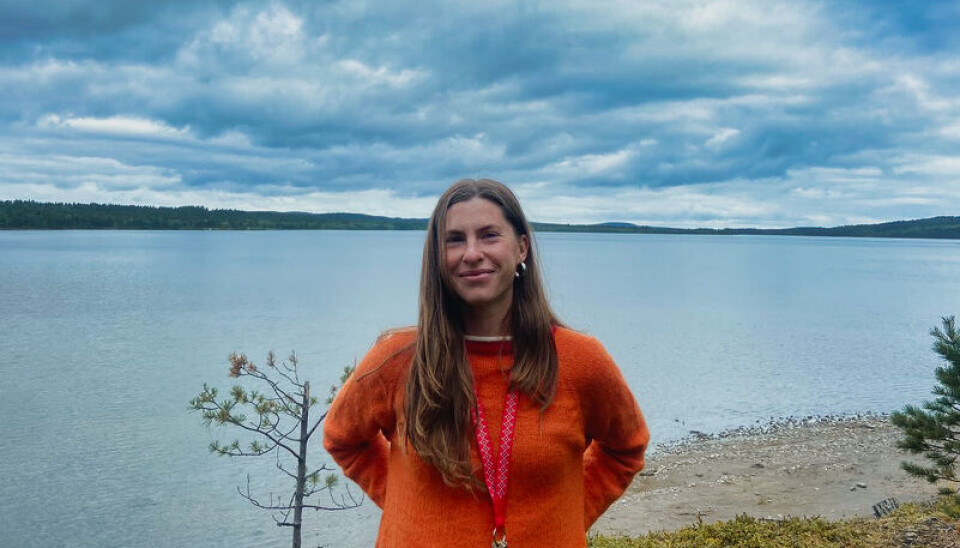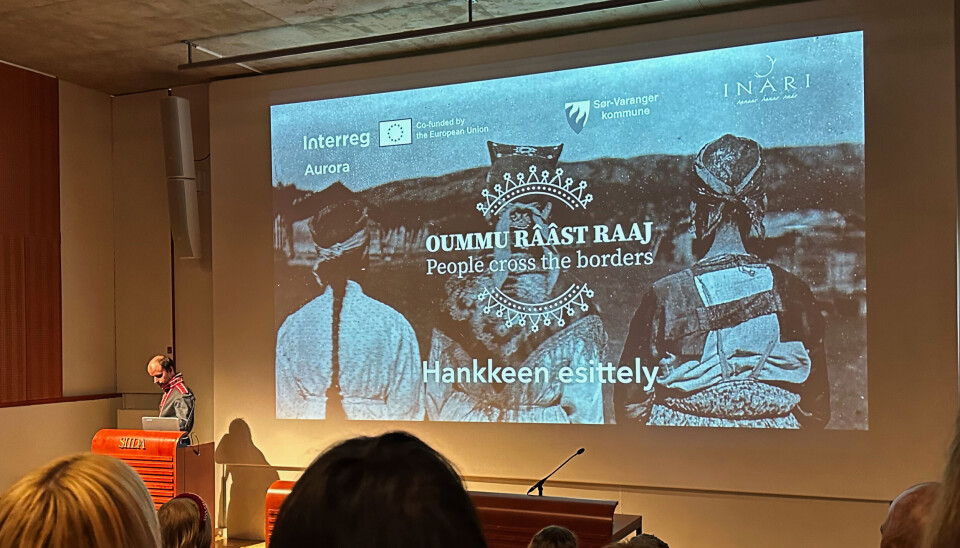
The battle for the Skolt Sami language
"The language holds knowledge that cannot be conveyed in other words. It is the unwritten history of the people," says Hanna-Maria Kiprianoff, director of the Skolt Sami museum in Neiden. On the Norwegian side, Skolt Sami speakers can be counted on one hand, in Finland there are just over three hundred, and in Russia, before the full-scale invasion of Ukraine, there were fewer than fifty. The language may disappear along with the culture.
Community Day dedicated to the preservation of the Skolt Sami language and culture was held at the Siida Museum in Inari, Finland. The event brought together three projects; Ouraspray / OUMMU RÂÂST RAAJ, MÁHTUT, Sääʼpääʹljes - more details about these Skolt Sami language names below.
Participants shared information about the aims and goals of their work and future initiatives to unite the Skolt Sami communities of Finland, Norway, and Russia.
"Because it's part of the culture!" — for Hanna-Maria Kiprianoff, director of the Skolt Sami Museum in Neiden, there is no doubt why it is important to preserve the language.
"The language holds knowledge that cannot be conveyed in other words. It is the unwritten history of the people. Therefore, it needs to be brought back into use. Culture cannot live without language, and language cannot live without culture," she says in an interview with the Barents Observer.
The lost voice of the people
The Skolt Sami language and culture have endured decades of colonisation and forced assimilation. "We didn't lose it on our own — it's a result of colonisation," continues Hanna-Maria. "We were told: You must be Norwegian, Finnish, or Russian, and forget the language. In Finland, my father was told that such a language does not exist. In Norway, two entire generations did not learn it. That's why it's so important to bring the language back, as language and culture are inseparable."

She notes that currently, state support is often merely declarative. In Norway, three Sámi languages have official status, but Skolt Sámi is not among them. Finland has recognised it officially, but educational resources are limited.
According to her, on the Norwegian side, there are only 10-12 speakers left, in Finland about 300, and on the Russian side, before the full-scale invasion of Ukraine, no more than 50 people spoke it. How many there are now is unknown, since cooperation with Russia has practically ceased.
‘This divides families and culture again,’ says Hanna-Maria. ‘Previously, the Skolt Sámi had no borders; they were imposed from outside. Now, due to the lack of cooperation, it is again difficult to maintain the unity of the people. Different elements of culture have been preserved between the three countries (Norway, Finland, Russia). By uniting them, we can get a complete picture. Therefore, it is very important to restore contacts between all parts of the people, not just between Norway and Finland.’
From research to action
The importance of preserving the Skolt Sámi language and culture is understood not only by activists. At Community Day, the projects Ouraspray / OUMMU RÂÂST RAAJ, MÁHTUT, and Sääʹpääʹljes were presented, each with a special focus.

Sääʹpääʹljes, funded by the Finnish Cultural Foundation and implemented by the Skolt Sámi Cultural Foundation, aims to identify critical issues related to the use of the Skolt Sámi language. Mirkka Ollila, the project coordinator, says: 'Today everything operates on the most minimal resources. Language rights in Finland are not fully realised, and this creates many obstacles. The Skolt Sámi language is in the most vulnerable position of the three Sámi languages, and much stronger support is needed at the municipal and state level.'
Researchers emphasise that without a long-term revival strategy, the language risks disappearing. 'There is a need for updated and new teaching materials, as well as everything that helps to see and hear the language in everyday life. Specialists who speak Skolt Sámi are needed in various fields so that people can really use it.'
The research results will be applied in practice through an initiative born from the ideas of the community members themselves.
'Language and culture are inseparable. Would there be Finns without the Finnish language? For us, the question of preserving the language is very simple — for the culture to live and be preserved on its own terms,' says Ollila.

Another project — Ouraspray / OUMMU RÂÂST RAAJ — began in September 2024 and will end in August 2026. It is funded by the Interreg Aurora programme. Its aim is to strengthen the language, culture, and identity of the Skolt Sámi on both sides of the border between Finland and Norway. Among the project partners are the municipalities of Inari and Sør-Varanger, the Ä’vv Skolt Saami museum, Skolt Sámi associations, schools, and cultural institutions.
The project is not limited to lectures and research: plans include online language courses, summer and winter camps, trips to traditional settlements, and creative performances to bring the culture back and make it felt in everyday life.
According to Joni Gauriloff, the project leader, the Skolt Sámi language is included on UNESCO's list of endangered languages with critical status in Finland, Norway, and Russia. He confirms Hanna-Maria's words that the total number of Skolt Sámi language speakers is small: in Norway, out of approximately 400 people, only 10-12 speak the language, in Finland, the Skolt Sámi population is estimated at 600-700 people, about 300 of whom speak the language, and on the Russian side, before the full-scale invasion, no more than 50 people spoke it. "To preserve the language, it is crucial to increase the number of its speakers," says Jonni.
He notes that in recent years, the interest of the Skolt Sami community in reviving their own language and culture has grown significantly. "Our neighbours in northern Finland have advanced further in this process than Norway, and their systematic work on language revival is already yielding results. Establishing closer ties between Norway and Finland is crucial for the Skolt Sami on both sides of the border — they are one people, united by a common culture, traditions, and identity," Jonni continues.
He also told the Barents Observer that the Ä’vv Skolt Sami Museum, opened in 2017 in Neiden, has become an important contribution to the revival of culture and will be actively involved in the project.
Joni Gauriloff also said that during the implementation of the project, there is cooperation with the Sør-Varanger cultural school, where the Northern Sami language is studied, as well as with a network of Northern Sami teachers who include the basics of Skolt Sami culture and language in the curriculum every four years. "Otherwise, we are only at the beginning of the journey to engage young people in learning Skolt Sami," says Jonni. "In Finland, the experience in this is much richer: there, education begins with language 'nests' (kindergartens) and continues at the primary and secondary school level. On September 4, a group of students from Sør-Varanger went to Sevettijärvi to meet with Skolt Sami students, and this trip was very successful in establishing contacts. We also cooperate with the Sámi Education Institute in Inari, which provides professional training."
Another project that has already been completed, the MÁHTUT project, lasted three years, from September 1 2023 to August 30 2026, and was also funded by the Interreg Aurora programme. The main participant was the University of Lapland, and among the partners were: Sámi Education Institute (Finland), Várdduo (Umeå, Sweden), Arctic University Museum of Norway (Tromsø).
The project focused on studying Sámi traditions, their skills, knowledge, and practices in the context of the 'green transition': circular economy, food security, and the preservation of traditional livelihoods.
Language as a road home
Skolt Sámi projects show that, despite political and cultural barriers, there is a vibrant movement for the revival of language and culture. These initiatives are not just 'monuments to the past': they are aimed at the practical application of the language in everyday life, the creation of educational resources, and the strengthening of identity.
For many Skolt Sámi, the issue of language is not just about grammar and vocabulary. It is a way to remember who you are. 'We did not lose it by ourselves - it was taken from us.' Now a new generation is trying to reclaim what was considered lost for decades. The success of the Ouraspray, MÁHTUT, and Sääʹpääʹljes projects will determine whether the people will have their own voice in the future.
Historical reference.
The Skolt Sámi are one of the smaller Sámi groups, traditionally inhabiting the area stretching from the current Northern Lapland region in Finland to the Barents Sea coast in the Pechenga and Kola Peninsula area. Their lives were connected with fishing, reindeer herding, and trade routes that knew no borders.
However, in the 19th-20th centuries, the situation changed: after the states concluded border agreements; first between Russia and Norway (1826), then Finland and the Soviet Union (1920, Treaty of Tartu), followed by new borders after World War II when the Soviet Union took Finland's Petsamo corridor. The lands of the Skolt Sámi were divided among three states. These new borders split the unified space of their habitation, depriving the community of their traditional way of life and of free movement between fishing grounds, pastures, and ancestral settlements.





















